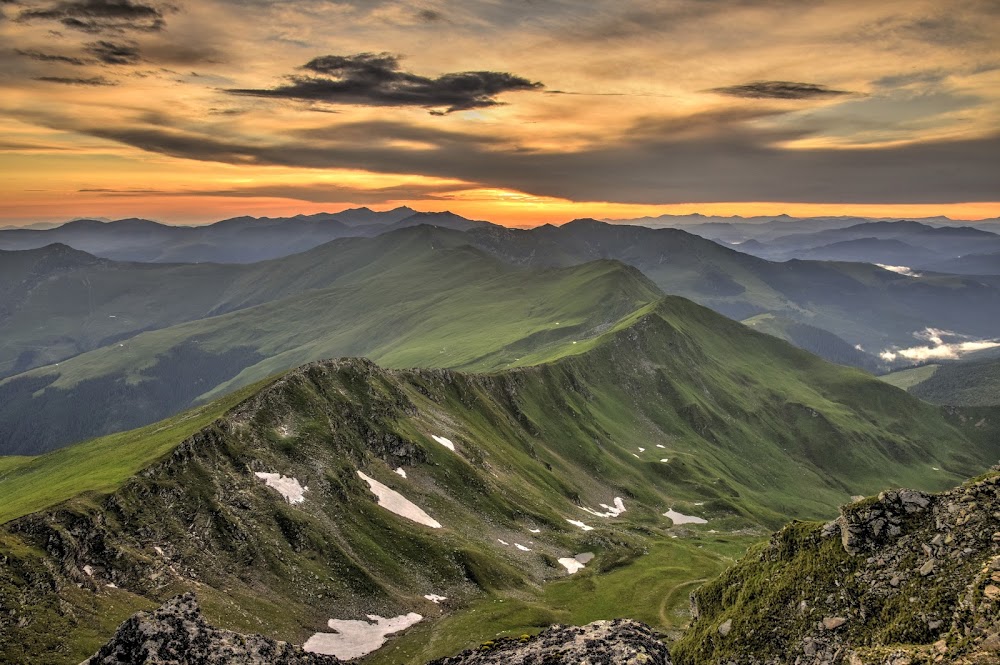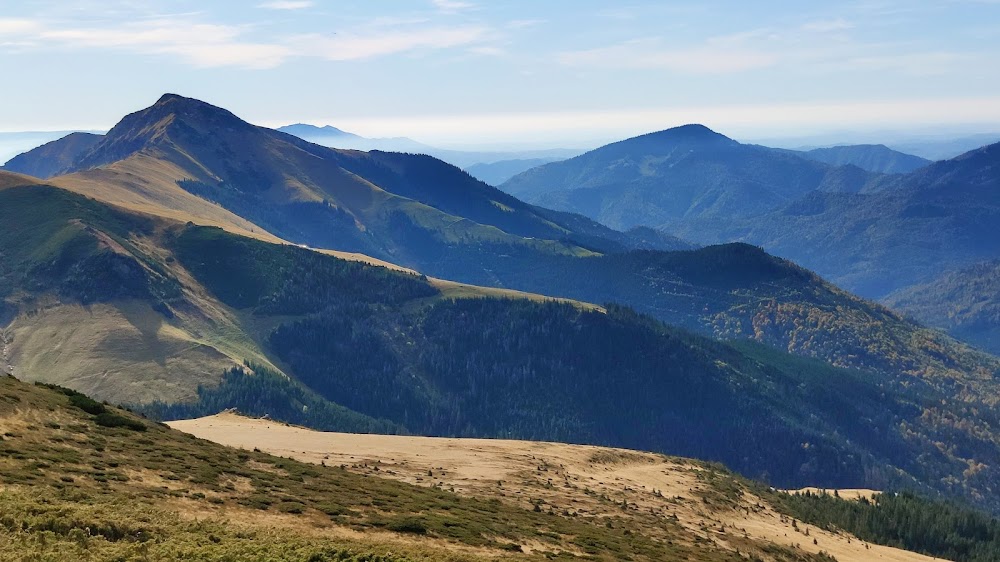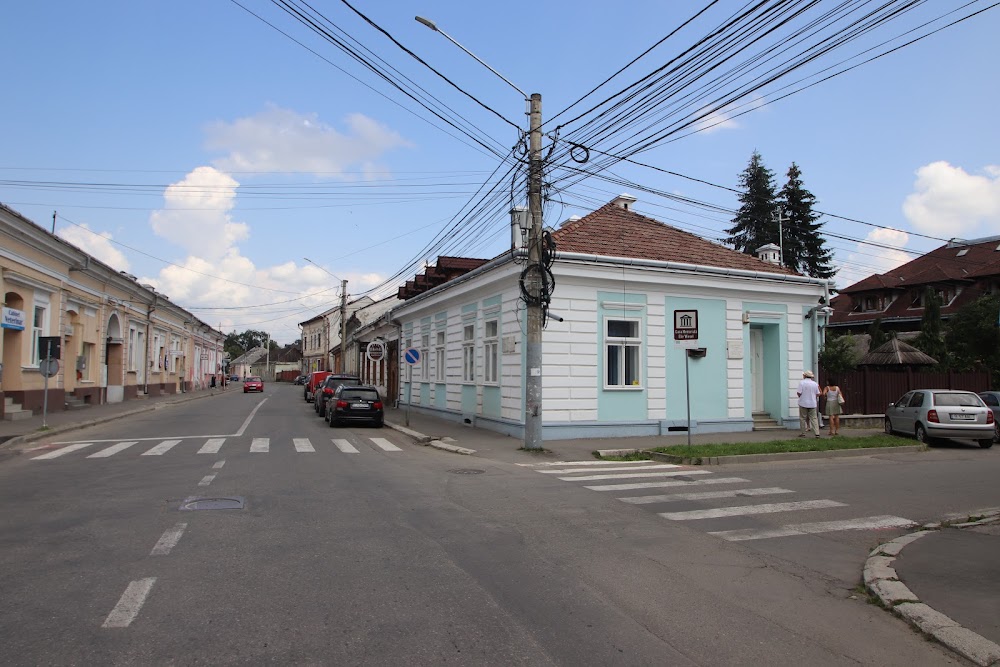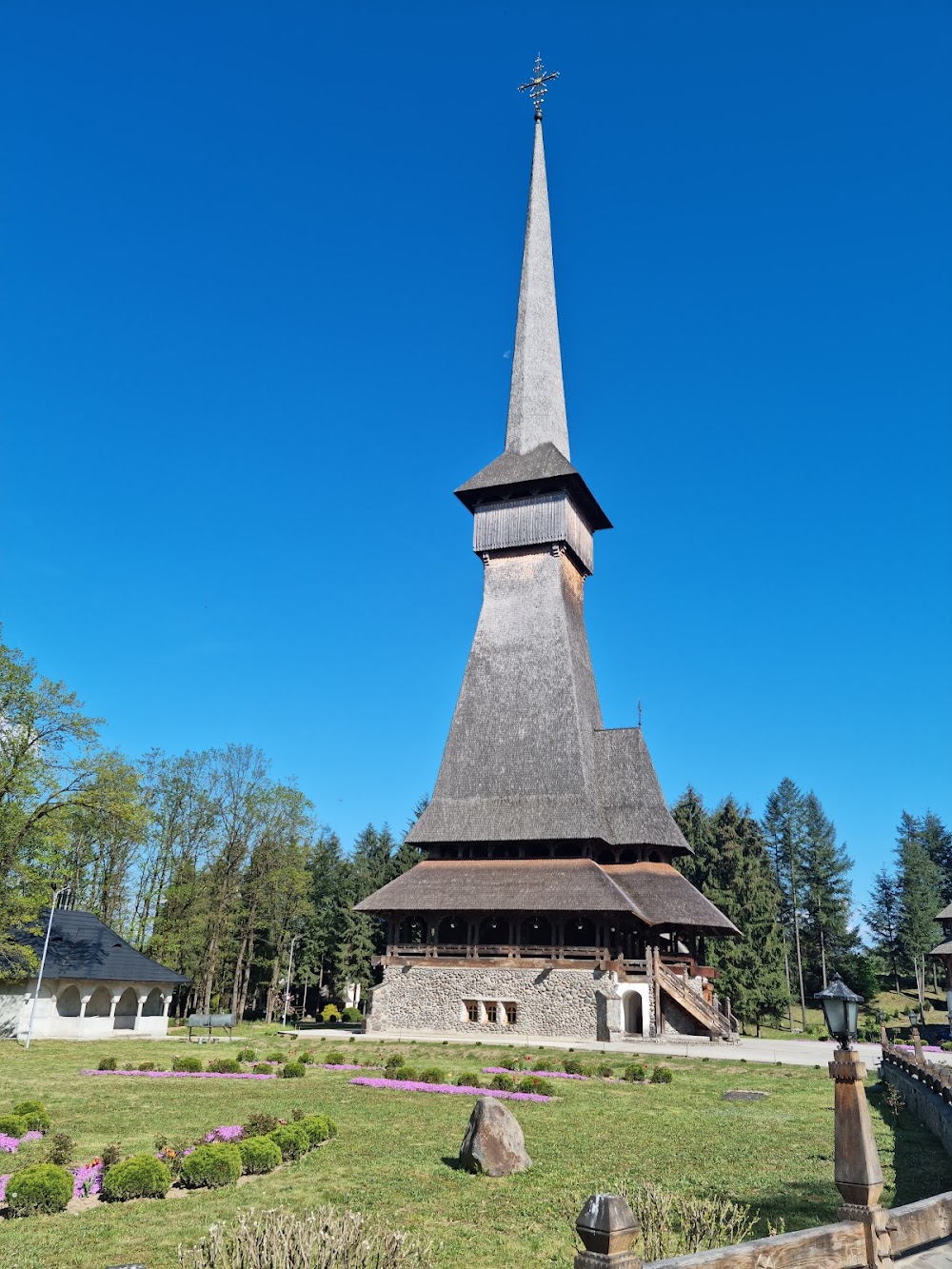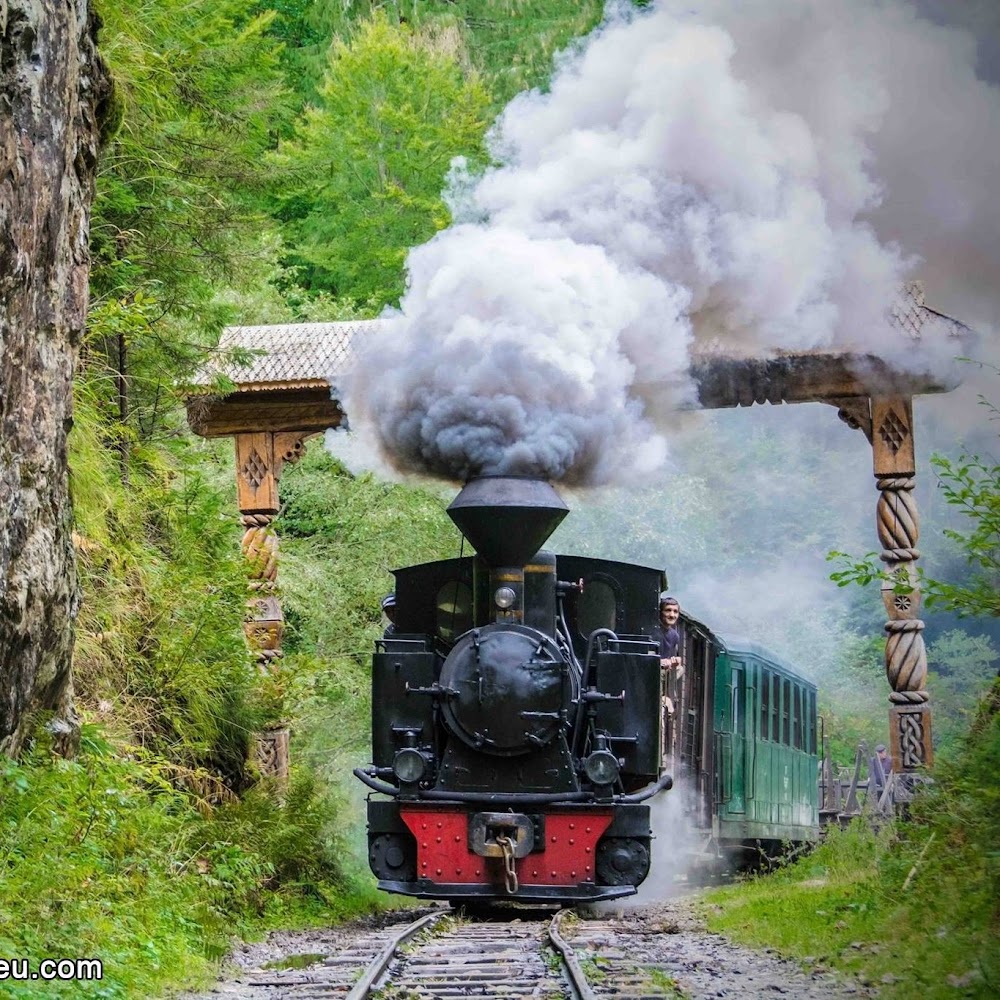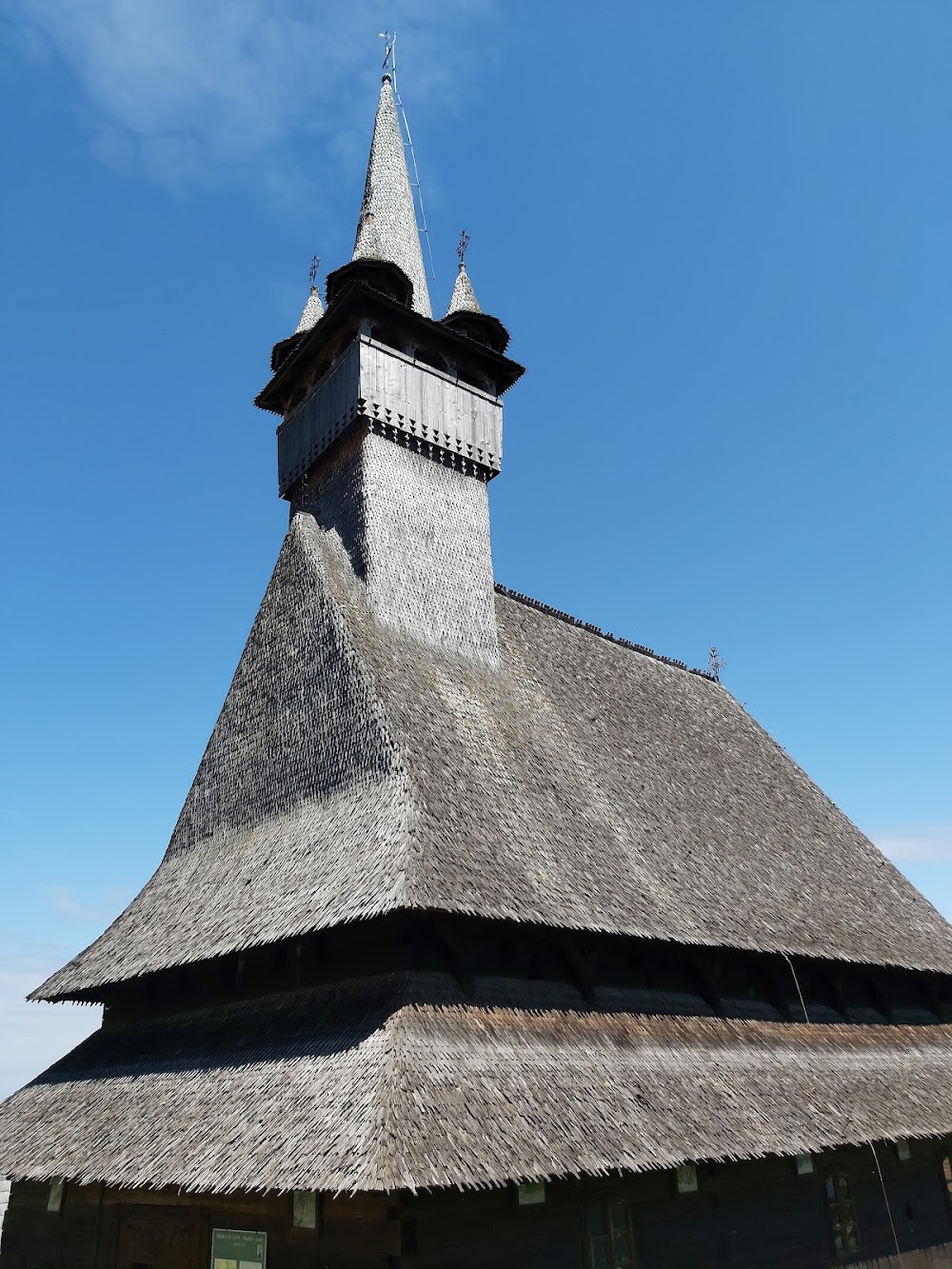Rodna Mountains National Park (Parcul Național Munții Rodnei)
Overview
Rodnei Mountains National Park is a mesmerizing protected area nestled in Maramureș County, Romania. This stunning park spans over 46,399 hectares and is celebrated for its rich biodiversity, majestic landscapes, and countless opportunities for outdoor adventures.
The Rodna Mountains: A Natural Treasure
The Rodna Mountains, part of the Eastern Carpathians, are the crown jewel of the national park. These mountains feature a captivating mix of lush forests, alpine meadows, cascading waterfalls, and rugged peaks. At the heart of this majestic range lies Pietrosul Rodnei, the highest peak, which rises to 2,303 meters. From its summit, visitors are rewarded with breathtaking panoramic views that attract hikers and nature enthusiasts from all corners of the globe.
A Legacy of Conservation
The park's establishment can be traced back to the 1930s when local scientists and conservationists recognized the need to protect this unique natural heritage. Officially designated as a national park in 1990, it aims to conserve the region's diverse flora and fauna while serving as a sanctuary for endangered species, such as the brown bear, lynx, chamois, and numerous bird species.
Building a Sustainable Future
Creating and maintaining the park necessitated extensive collaboration. The Romanian government, along with local communities and environmental organizations, worked together to establish infrastructure and guidelines for sustainable tourism. Trails were meticulously marked, visitor centers were set up, and educational programs were launched to raise awareness about the importance of preserving the area’s natural beauty and ecological value.
Exploring the Caves
One of the park's most fascinating features is its extensive network of caves, including the Izvorul Tăușoarelor Cave. This remarkable site showcases stunning stalactites, stalagmites, and subterranean lakes, offering a glimpse into the hidden mysteries of the Earth. These geological wonders are a treasure trove of interest for speleologists and adventurous souls alike.
Diverse Flora and Fauna
The flora within Rodnei Mountains National Park is incredibly diverse, boasting around 1,200 documented plant species. Visitors can marvel at colorful alpine flowers, including the iconic edelweiss, as well as various endemic species found nowhere else in the world. The park is truly a botanist's dream, showcasing pristine meadows and a rich array of plant life.
The fauna is equally impressive, with opportunities to encounter the iconic Carpathian bear, agile chamois scaling rocky slopes, and the haunting call of the Eurasian lynx echoing through the woods. Birdwatchers will be delighted by sightings of golden eagles, capercaillies, and a plethora of other avian species.
Community Involvement in Conservation
Community involvement has been vital to the ongoing conservation efforts within the park. Local residents, many of whom depend on the area's natural resources for their livelihoods, actively promote eco-friendly practices and sustainable tourism. This collaborative approach has created a model of conservation where economic development and environmental protection thrive together.
Adventure Awaits
For those eager to explore Rodnei Mountains National Park, a range of well-marked trails caters to all skill levels, from easy walks to challenging hikes. In the winter months, the park transforms into a skiing haven, while opportunities for caving, wildlife photography, and simply unwinding in the serene natural environment abound. Whether you are an adventurer, a nature lover, or someone seeking peace and quiet, Rodnei Mountains National Park promises unforgettable experiences.
In essence, Rodnei Mountains National Park in Maramureș County, Romania, stands as a testament to nature's grandeur and the importance of preserving our environmental treasures. Through dedicated conservation efforts and the active participation of local communities, this park has become a sanctuary for biodiversity and a haven for those wishing to reconnect with the natural world.


